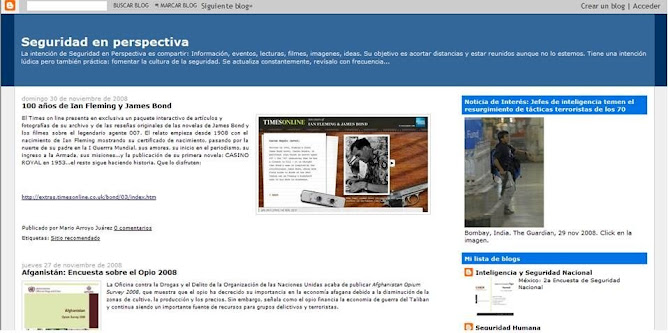The Offending, Crime and Justice Survey (OCJS) is a nationally representative, longitudinal, self-report survey which asks young people in England and Wales about their attitudes towards and experiences of offending. Its main aim is to examine the extent of offending, anti-social behaviour and drug use among the household population, particularly among young people aged from 10 to 25. However, as a random survey of the general population, the OCJS will pick up relatively few ‘serious’ offenders.
The survey covers ‘mainstream’ offences against households, individuals and businesses such as burglary, shoplifting and assault. It also covers fraud and technology offences. The survey has completed four annual sweeps (2003, 2004, 2005 and 2006). The survey gathers evidence to help us target resources effectively at reducing levels of crime and illegal drug use.
It provides:
•
measures of self-reported offending;
•
indicators of repeat offending;
•
trends in the prevalence of offending;
•
trends in the prevalence and frequency of drug and alcohol use;
•
evidence on the links between offending and drug / alcohol use;
•
evidence on the risk factors related to offending and drug use
•
information on the nature of offences committed, such as the role of co-offenders and the relationship between perpetrators and victims.
The first sweep of the Offending, Crime and Justice Survey in 2003 covered around 12,000 people aged from ten to 65 living in private households in England and Wales. Subsequent annual sweeps between 2004 and 2006 focused on young people aged from 10 to 25. In each of these subsequent sweeps young people who have previously been interviewed and have agreed to further contact are followed up for re-interview. In addition to these ‘panel’ respondents, ‘fresh sample’ respondents aged from 10 to 25 are also introduced to ensure the total sample is around 5,000 young people each year. Longitudinal data (information from the same individuals over time) allows us to examine the pathways into and out of delinquency, and the impact various risk and protective factors have on these pathways.About the interview The interview lasts for approximately one hour using Computer-Assisted Personal Interviewing (CAPI – where the interviewer reads the questions from a laptop and enters the respondent’s answers) and Computer-Assisted Self-Interviewing (CASI – where the respondent reads the questions themselves on a laptop and enters their own answers). Audio-CASI (where the respondent listens to the questions on headphones and enters their own answer, unaided by the interviewer) is used for the most sensitive modules. Analysis at local levels is not possible due to small sample sizes.
http://www.homeoffice.gov.uk/rds/offending_survey.html
 A partir de 1996, la Cámara de Comercio de Bogotá, en el Observatorio de Seguridad, ha desarrollado periódicamente la Encuesta de Percepción y Victimización, con el objetivo de establecer los factores subjetivos que afectan la seguridad ciudadana en Bogotá-Cundinamarca. La encuesta es un instrumento que complementa los sistemas estadísticos de registro de delitos y contribuye a la identificación de problemáticas en el proceso de diagnóstico de la seguridad en contextos determinados. Las recomendaciones y conclusiones realizadas por la CCB, a partir de los resultados de las encuestas, se han consolidado durante los últimos 10 años, como un punto de referencia para las mediciones de criminalidad, y como un insumo para la administración pública en la definición y ajuste de estrategias para mejorar la seguridad en Bogotá-Cundinamarca. Su aplicación se realiza en hogares, a personas mayores de 18 años por medio de una encuesta personal directa.
A partir de 1996, la Cámara de Comercio de Bogotá, en el Observatorio de Seguridad, ha desarrollado periódicamente la Encuesta de Percepción y Victimización, con el objetivo de establecer los factores subjetivos que afectan la seguridad ciudadana en Bogotá-Cundinamarca. La encuesta es un instrumento que complementa los sistemas estadísticos de registro de delitos y contribuye a la identificación de problemáticas en el proceso de diagnóstico de la seguridad en contextos determinados. Las recomendaciones y conclusiones realizadas por la CCB, a partir de los resultados de las encuestas, se han consolidado durante los últimos 10 años, como un punto de referencia para las mediciones de criminalidad, y como un insumo para la administración pública en la definición y ajuste de estrategias para mejorar la seguridad en Bogotá-Cundinamarca. Su aplicación se realiza en hogares, a personas mayores de 18 años por medio de una encuesta personal directa.

.JPG)

